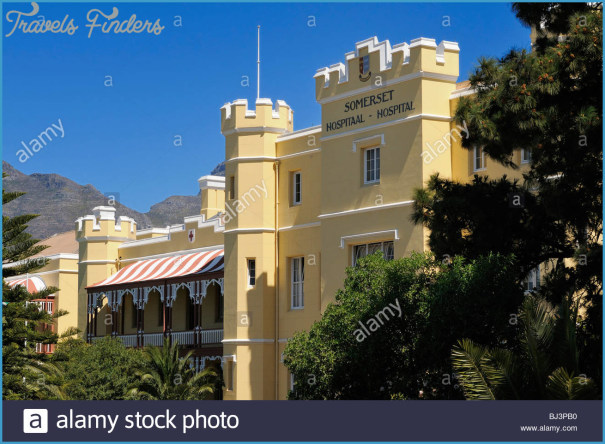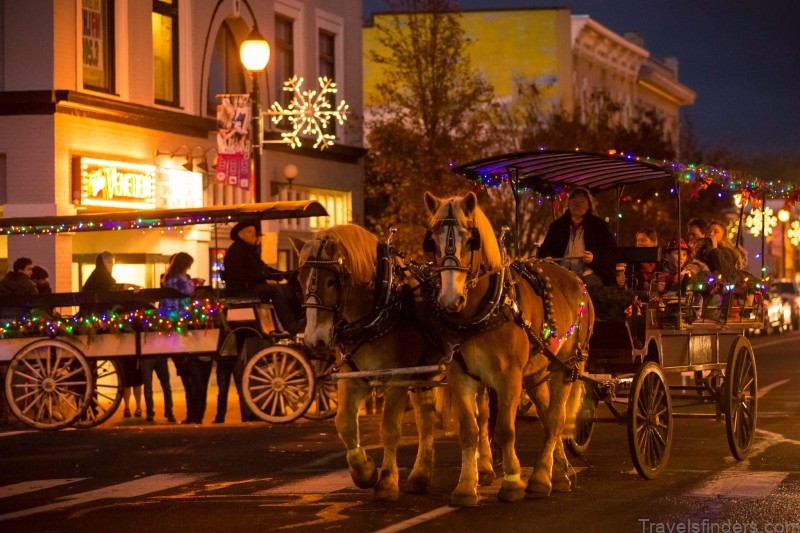This building was designed by Colonial Engineer Scott-Tucker, working with Henry Greaves, from the mid-1800s the architectural director of the Public Works Department of the Cape Colony.
The fe is nothing more unglamorous than a hospital. The New Somerset Hospital is no exception. Its appearance, however, is cause for some excitement: a Gothic Revival cake with castellated parapets on the African shores of the Atlantic. It must have been a romantic sight when it opened in 1862. Its style had a purpose: it embodied the governor of the Cape Colony, Sir George Grey’s, belief in the moral value of public institutions, for which Gothic was the preferred style in the middle of the 19th century. It was considered virtuous and worthy and Grey wanted it used here.
In 1859, Sir George laid the corner stone at a magnificent ceremony in front of 12 000 people. It was his last public act in the colony and a public holiday was declared in Cape Town. The ‘New hospital replaced the ‘Old one that stood in Chiappini Street on land given by Lord Charles Somerset. Founded in 1818 by Dr Samuel Bailey as a ‘Hospital and Lunatic Asylum for civilian burghers and slaves, the old hospital closed in 1821 and ceased to function.
This new building was the first teaching hospital in South Africa, and was inspired by Florence Nightingale’s ideas on hospital design. Its entrance, flanked by massive towers, gave access to a spacious entrance hall, with a long transverse passage on either side, leading to a large stairway lit from above. Additions and extensions to the hospital building were made in the late 19th century and in the early years of the 20th century. The Victoria Wing, which was added to commemorate the Diamond Jubilee of Queen Victoria, was opened in 1897 by Lady Loch, wife of Sir Henry Loch, governor of the Cape Colony. This addition incorporated the Lady Loch, Milner, St Leger and Lightfoot wards. The Lady Loch Ward was kitted out in 1900 with a variety of paintings donated for the purpose.
NEW SOMERSET HOSPITAL V&A Waterfront Cape Town Photo Gallery
‘Yesterday afternoon, said The Cape Times on November 11, 1900, ‘a number of artists who have generously contributed pictures for the beautification of the Lady Loch Ward, visited the hospital in order to view the fruits of their labour. When first the idea of supplying paintings for this excellent object was suggested in artistic circles in Cape Town, the Children’s Ward at the hospital was upon the ground floor of the building, but on the completion of the new wing it was decided to remove the little patients to the Lady Loch Ward, and with them the generous works of art that had been given for the beautification of the walls and to delight the hearts of the children. A hanging committee was appointed to arrange the pictures. ‘As it is today, continued the paper’s correspondent, ‘the Lady Loch Ward is a perfect art… Many of the subjects selected were from the old nursery books illustrating the better known nursery rhymes while there were also land- and seascapes, pretty little idylls, and in fact pictures representative of every school of painting.’
Who those artists were is a mystery, but their work is still there today – although a recent theft has diminished their number. The nursery rhymes and the tales from the brothers Grimm sit oddly on the edge of the Atlantic in an eerily silent, now unused, children’s ward. They’re all there, those fantastical people of our past – Little Miss Muffet, Snow White, the Queen of Hearts, the old king in his counting house counting out his money, and the maid in the garden hanging up her clothes, the blackbird poised to strike from the line nearby, a medieval fortress in the distance.
Charming depictions of traditional English nursery rhymes still adorn the walls of the Lady Loch Ward for children, which was opened in 1897.
The artists of the works in the children’s ward are mostly anonymous. Some were skilled, many weren’t, but even in the penumbra of this sad, unused ward their paintings continue to delight.
From the Lady Loch Ward there are views through the stoep to the Atlantic Ocean.






















